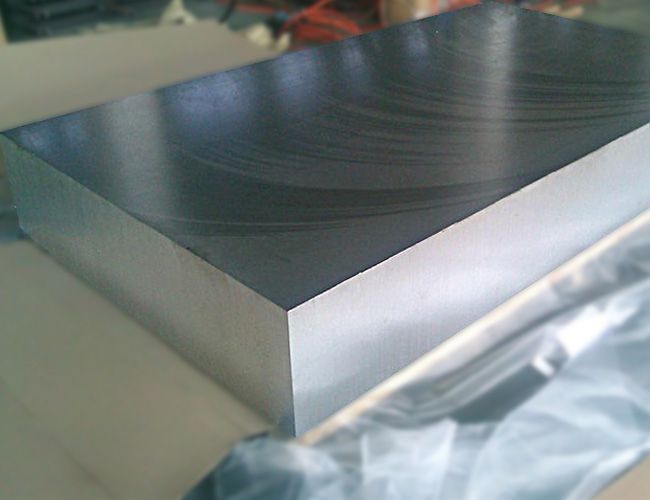Hot rolling process
The hot rolling process is gradually evolved from the method of semi-continuous casting, headcounting, milling, and then completing the processing of the product through multiple hot rolling on a single stand. The current hot rolling mill is divided into single-stand single coil, single-stand double coil and multi-stand, and its billet thickness is rolled from 600-350mm to 8-2mm. The product range is: 1XXX, 3XXX, 5XXX, 7XXX, 8XXX series aluminum and aluminum alloy plates. Hot rolled products have a wide range, good quality and large output. The aluminum sheet and strip billets produced by hot rolling account for more than 65% of the total production worldwide. However, the investment of hot rolling production line is large, and the investment of one production line is RMB 0.15-2 billion yuan, which limits the development of hot rolling process to a certain extent.

Casting and rolling process
In 1951, Hunter, Douglas, two companies in the United States first used the lower-injection twin-roll casting mill for the production of aluminum slabs, and established the casting and rolling process. Because it is very inconvenient to install and adjust the feed nozzle of the down-casting casting mill, in 1962, Hunter proposed an inclined casting mill with the center line of the casting roll and the horizontal line at an angle of 15°, and then the French Scal company developed a It is a 3C method (Continuous Caster Between Cylinders) two-roll horizontal casting mill, which further improves the casting and rolling process.
The casting and rolling process is to directly introduce molten metal into the gap between two internal water-cooled rotating rolls.
The method of drawing out the strip from the other side of the roll after crystallization, solidification and deformation. It integrates a series of complex production processes such as casting and rolling, which greatly simplifies the hot rolling production process and opens up a new way for the production of aluminum processing strips. The casting and rolling mill can directly produce aluminum coils with a thickness of 5 to 12 mm from molten aluminum, which greatly reduces the production cost of aluminum sheets. However, due to the limitation of the length of the cooling zone and the limited cooling strength of the casting and rolling mill, the range of materials produced by the casting and rolling process is narrow, the amount of thermal deformation is small, the deep drawability is not good, the strip is easily broken during foil rolling, and the output is low. The development of casting and rolling technology is limited.

Continuous casting and rolling process
The method of introducing molten metal into a pair of water-cooled circulating steel belts (including crawler belts), directly casting them into aluminum plates with a thickness of 20-30mm, and rolling them into aluminum coils by 1-3 racks at the rear,
It is called continuous casting and rolling process.
The range of materials produced by it is close to that of hot rolling, and the product performance is better than that of cast-rolled sheet, but worse than that of hot-rolled sheet. The more successful double-belt continuous casting and rolling process was proposed by the Hazelett Company in the United States in 1959, which led to the continuous emergence of different forms of double-belt continuous casting machines in other countries. The subcutaneous inclusions on the upper surface of the billet aggregate and affect the product quality, which greatly limits the development of the continuous casting process.
In recent years, with the rising energy prices and the rising voice of environmental protection, the traditional aluminum processing technology has made new progress. Hot rolling is developing towards the direction of large slab (above 20T), large plate width (above 2000mm), high speed (above 200m/min), high degree of automation and multi-stand continuous rolling. Casting and rolling are developing in the direction of high speed (above 10m/min) and ultra-thin (below 3mm). Continuous casting and rolling technology has invested a lot of research work abroad in recent years to solve the problem of subcutaneous inclusion aggregation on the upper surface of the strip, so that the technology has been gradually applied.

< Material selection principles and a... What is the difference between 3003... >
